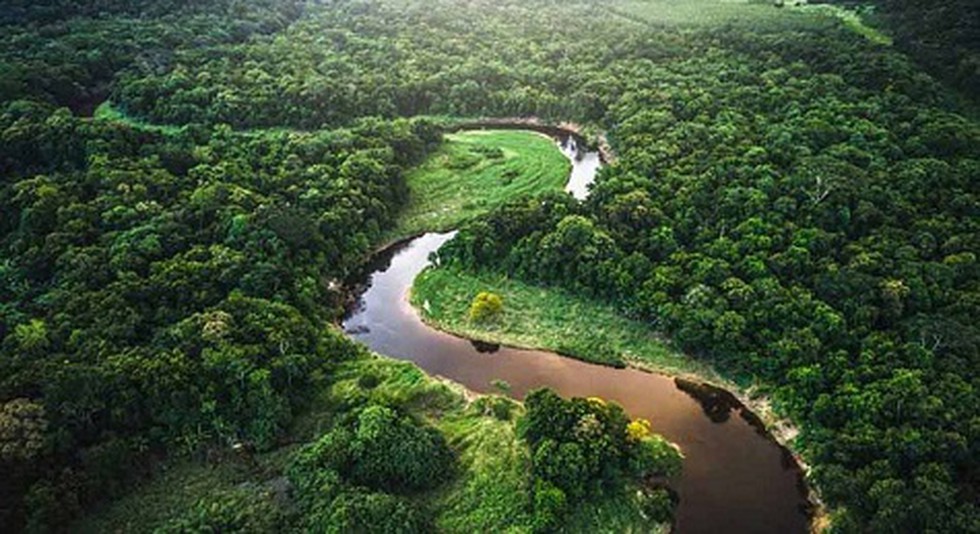About:
- As per the National Wildlife Action Plan (2002-2016), issued by the Union Ministry of Environment, land within 10 km of the boundaries of national parks and wildlife sanctuaries is to be notified as eco-fragile zones or Eco-Sensitive Zones (ESZ).
- While the 10-km rule is implemented as a general principle, the extent of its application can vary. Areas beyond 10-km can also be notified by the Union government as ESZs, if they hold larger ecologically important “sensitive corridors.
Activities allowed and prohibited
- The ESZs are not meant to hamper the daily activities of people living in the vicinity, but are meant to guard the protected areas and “refine the environment around them”.
- Guidelines list the activities prohibited in an ESZ, such as commercial mining, saw mills, commercial use of wood, etc., apart from regulated activities like felling of trees.
- Lastly, there are permitted activities like ongoing agricultural or horticultural practices, rainwater harvesting, organic farming, among others.
Why are Eco-Sensitive Zones created?
- ESZs are created as “shock absorbers” for the protected areas, to minimize the negative impact on the “fragile ecosystems” by certain human activities taking place nearby.
- Furthermore, these areas are meant to act as a transition zone from areas requiring higher protection to those requiring lesser protection.
